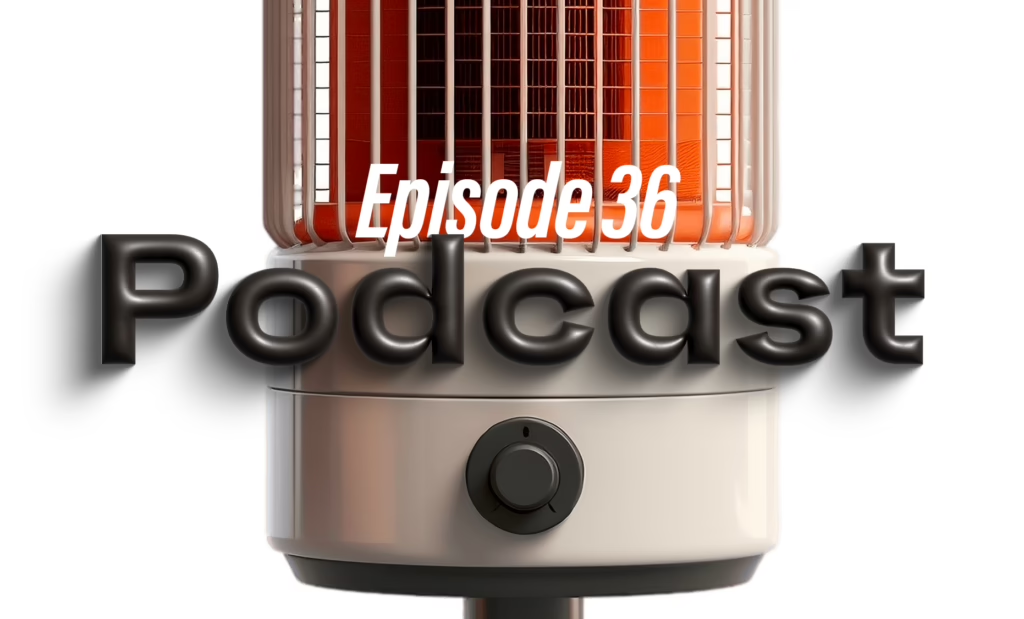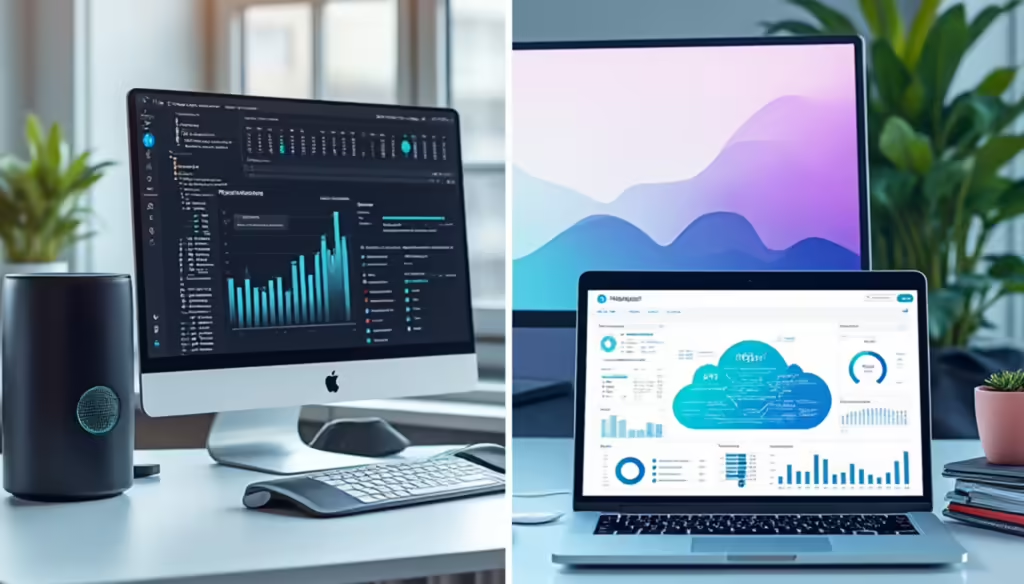With Laurier Mandin and Patrick Renvoisé
What if science could prove that marketers are doing EVERYTHING wrong?
Patrick Renvoisé is a brain scientist who has co-authored two books claiming that is exactly the case. At SalesBrain, the consultancy where he is Chief Persuasion Officer, Patrick has helped over 100,000 CEOs identify and target the secret Buy Button inside their customer’s brain.
The co-author of “Neuromarketing” and “The Persuasion Code,” Patrick shares his simple, proven scientific methodology to create desire and entice people to buy your product. Using sophisticated physiological measurements, measuring brainwaves and tracking eye movements, Patrick’s team discovered that what people say does not reflect what they truly want.
Patrick has identified that decision-making is governed not by the rational neocortex (known as System Two), but by the ancient primal brain, or System One. The primal brain only recognizes six stimuli—which Patrick tells you how to trigger using four specific steps.
If you’re a product marketer and want to start leveraging brain science to sell MUCH more, you don’t want to miss this episode.





